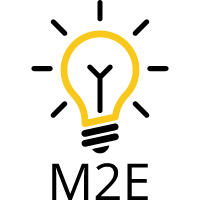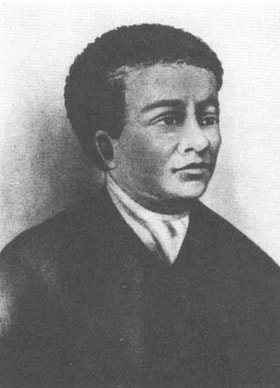
Benjamin Banneker was a primarily self-educated mathematician and astronomer. He is best known for building America’s first clock at the age of 24 – a wooden device that struck hourly. He also was able to accurately forecast lunar and solar eclipses. Banneker’s deep curiosity and understanding of mathematics greatly paved the way years before any other Black mathematicians in the US.
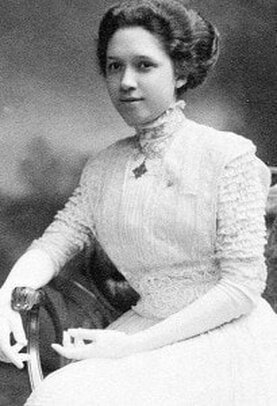
Martha Euphemia Loften Haynes was the first Black American woman to earn a PhD in mathematics. In 1943, Haynes earned her Ph.D. in Mathematics at The Catholic University in Washington, D.C. She was the first woman to chair the DC School Board. Haynes also served as math chair at Dunbar High School and at DC’s Teachers College. She established the math department at Miner Teachers College and taught part-time as an adjunct professor at Howard University. She played an instrumental role in changing the face of the education system for Black students.
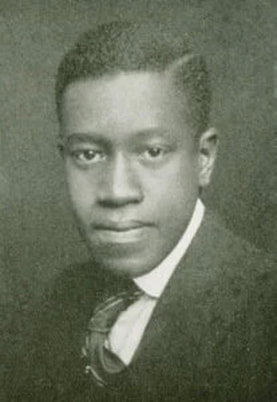
Elbert Frank Cox was the first African-American ever to receive a PhD in Mathematics (1925, Cornell University). In his 40 year-long teaching career, he taught at Howard University and West Virginia State College. The National Association of Mathematicians established the Cox-Talbot Address in his honor, which is annually delivered at the NAM’s national meetings. The Elbert F. Cox Scholarship Fund, which is used to help black students pursue studies, is also named in his honor.
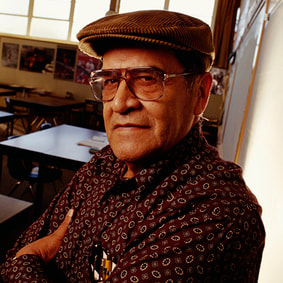
Jaime Escalante wanted to see his students succeed and started an advanced mathematics program. Eventually, his program grew. In 1982, his largest class took and passed the AP Calculus test. Because so many of his students had passed, the testing company suspected cheating and invalidated their scores. Escalante protested, and many students retook and passed the test months later. This incident gained a lot of public attention and was the basis for the 1988 film Stand and Deliver.
Jaime Escalante continued teaching until 1998. He received many awards for his work in education, including the Presidential Medal of Excellence, and was inducted into the National Teachers Hall of Fame in 1999.
Jaime Escalante continued teaching until 1998. He received many awards for his work in education, including the Presidential Medal of Excellence, and was inducted into the National Teachers Hall of Fame in 1999.
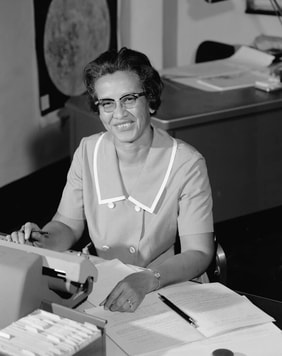
Katherine Johnson’s passion for mathematics began at an early age. She skipped several grades and began college courses at West Virginia University when she was thirteen! After receiving her doctorate, she joined the National Advisory Committee for Aeronautics’ West Area Computing group, a group of human computational experts composed entirely of African American women. In 1962, she provided the orbital entry and launch window calculations that enabled John Glenn’s orbit around the moon. She also provided calculations that coordinated the Apollo moon landing. She received the Presidential Medal of Freedom in 2015, and her work was profiled in the film Hidden Figures.
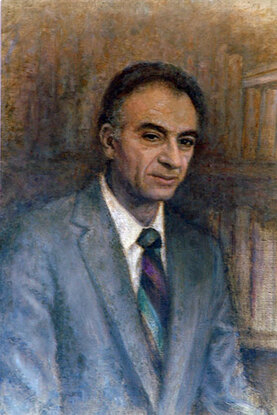
José Adem was born in Tuxpan, Mexico on October 27, 1921, José Adem was a mathematician who worked in algebraic topology. Adem had a Degree in mathematics (1949) by the National Autonomous University of Mexico (UNAM) and PhD (1952) from Princeton University in the United States. He was a delegate of Mexico to the International Mathematical Union, and since 1968, member of the International Committee of the Latin American School of Mathematics and Coordinator of the Mathematics of the OAS (1969-1975). He discovered universal formulas valid for all cases, in establishing the algebraic nature associated with each geometric object (topological).
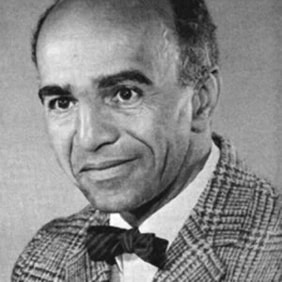
David Blackwell was an incredible American statistician and mathematician who made significant contributions to game theory, probability theory, information theory, and Bayesian statistics. Blackwell was the first African American inducted into the National Academy of Sciences, the first black tenured faculty member at UC Berkeley, and the seventh African American to receive a PhD in Mathematics.
